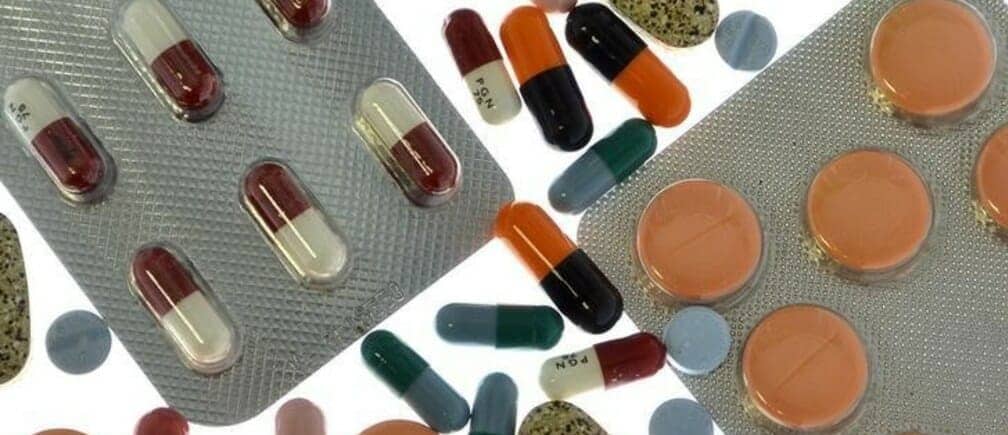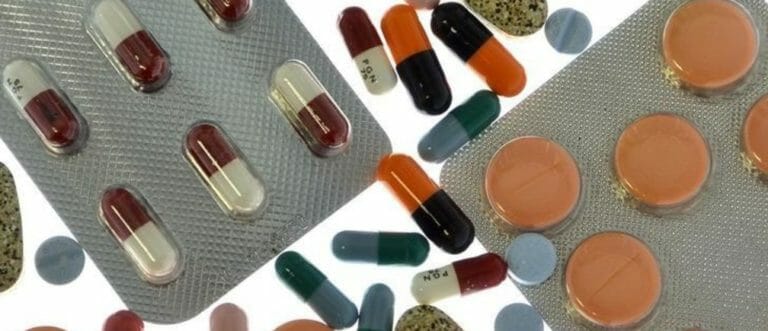New research shows that pharmaceutical drugs are not being filtered out of our water systems. Image: Reuters/Srdjan Zivulovic
Wastewater treatment plants catch a lot of the nastiness that swirls through our sewage and agricultural run-off before that water is reused. But those facilities tend to miss filtering out pharmaceutical drugs that make their way into wastewater.
One of those drugs is Diazepam — first marketed as Valium — a calming drug used to treat anxiety and seizures. It is commonly used and potentially addictive psychoactive drug that impacts how patients thinks and feel. Diazepam is sold under 500 different brands worldwide, and widely abused. So the fact that it both makes it’s way into wastewater, and is not properly filtered out, is a concern for the public health community.
In 2017, a study published by Rio de Janeiro State University found that both treated wastewater and untreated wastewater had the same concentration of psychoactive drugs. Traditional treatment methods aren’t getting the job done.
Now, researchers have developed a low-cost method to remove Diazepam from recycled water and wastewater. This new method uses titanium dioxide nanofibers to target Diazepam, and other two other […]
Full article: Anxiety drugs are getting into the water we drink. This is how we could stop them
More about pharmaceuticals in drinking water:
Fourteen Drugs Found in New York City’s Drinking Water
Algae from wastewater solves two problems: biofuel and cleanup
Cocaine in the water makes eels hyperactive and damages muscles
Septic systems are a major source of emerging contaminants in drinking water
New MIT water purification method eliminates even trace chemical waste and pesticides



